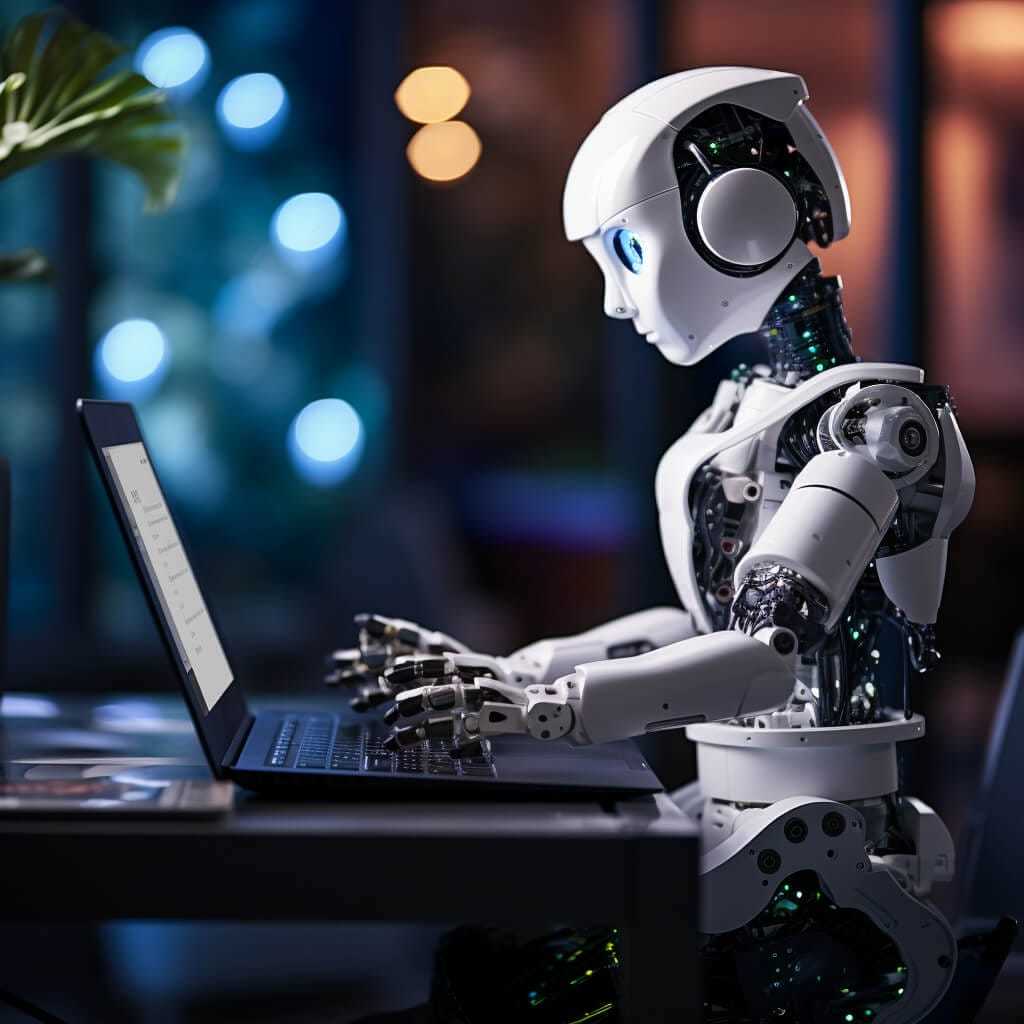Do you know according to a report by Gartner, AI PCs are expected to represent more than 43% of the overall PC shipments? Currently, 17% of the shipments come from AI PCs.
This data shows how AI is bringing a new era of computing where PCs are smart, adaptive, and capable of learning user preferences to enhance productivity and efficiency.
As AI technology continues to evolve, it is transforming the way PCs operate, enabling them to perform tasks with greater precision and speed. With AI-powered processors and software, these systems are capable of adapting to individual user habits, streamlining workflows, and providing enhanced personalization.
So, before talking about various aspects of AI PCs and why 2025 is expected to bring them mainstream, let’s discuss a few things about these smart PCs
What are AI PCs?
An AI PC is an intelligent computer that integrates artificial intelligence to improve performance and user experience. It uses specialized hardware like GPUs and AI cores to handle complex tasks efficiently. These systems can process data locally, reducing reliance on cloud services. AI PCs continuously learn from user behaviour, optimizing workflows and adapting to individual needs.
- It uses AI accelerators GPUs (Graphics Processing Units) and TPUs (Tensor Processing Units) that use various AI and Machine learning algorithms to boost computational operations.
- AI PCs utilize deep learning models and neural networks to enhance computational tasks, enabling faster decision-making and processing.
- These systems incorporate edge AI, processing data locally on the device to improve speed and reduce latency, ensuring seamless user experiences.
2025: A New Era of Personal Computing
AI PCs are expected to make personal computing easier than ever. As we look forward to 2025, we might see more advances in various features.
Some of these features include:
Adaptive User-Interface (AUI)
More advancements are expected in areas like Natural Language Processing (NPL) and content-aware computing which are used to create user interfaces that adjust to the user’s preferences in real time.
For example, voice-activated assistants like Windows Copilot will become more sophisticated, allowing users to interact with their devices hands-free. As these systems learn from user behavior, they will become more efficient in understanding and anticipating needs.
Predictive Computing
AI PCs will become more human-predictable with better capabilities for predicting user actions, enhancing the overall computing experience.
For instance, a computer could pre-load applications or files that the user typically uses at certain times of the day, drastically reducing loading times and improving overall efficiency. Real-time language translation, predictive typing, and automatic text summarization will also become standard features.
Improved Hardware Utilization
AI PCs will use advanced algorithms to optimize hardware usage dynamically. For example, Intel’s Dynamic Tuning Technology adjusts power consumption based on how intensively the system is being used, enhancing both performance and battery life. AI will optimize resource allocation across the CPU and GPU, reducing wasted energy and improving overall system performance.
What Will Make 2025 the Year of AI PCs?
Some of the major advancements that are expected to bring AI PCs into the mainstream by 2025:
Cloud AI Integration
As cloud services continue to evolve, AI-powered computing will heavily rely on cloud-based solutions. The ability to offload heavy AI tasks to powerful cloud platforms means that even lower-end PCs can harness the power of AI without needing high-end hardware.
- This shift toward cloud computing enables AI features on a wide range of devices, making powerful AI capabilities accessible to a larger audience.
- Major companies like Microsoft and Google are enhancing their cloud infrastructures with AI-first platforms, ensuring seamless integration with personal computing.
Mature Software Ecosystem
With platforms like Microsoft’s integration of OpenAI models into Office 365, AI features are now available in everyday software and applications. This approach to the software ecosystem means that users can take advantage of AI capabilities without needing specialized software or technical expertise.
AI-enhanced productivity tools, intelligent assistants, and automated workflows will be part of the software suite that everyday users interact with, making AI a natural part of daily computing.
Affordability
The drop in manufacturing costs for AI accelerators means that AI PCs will become more affordable, allowing more people to adopt them. This democratization of AI-powered computing is essential for mass adoption by 2025. The affordability of AI processors and components will ensure that AI is not just a luxury for high-end users but a widely available feature, for budget to mid-range PCs.
Final Takeaways
As AI continues to fuel the growth of AI PCs their impact will extend beyond just desktops and laptops. By 2025, these systems will not only be mainstream but will also set new standards for computing. With intelligent, adaptive capabilities and powerful AI-driven features, AI PCs will be the future-ready machines that redefine productivity, efficiency, and security in personal computing.
